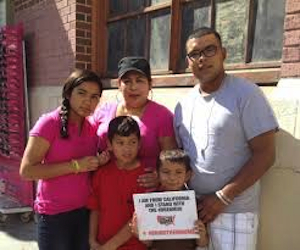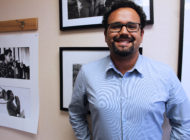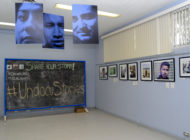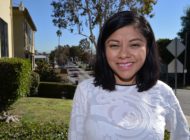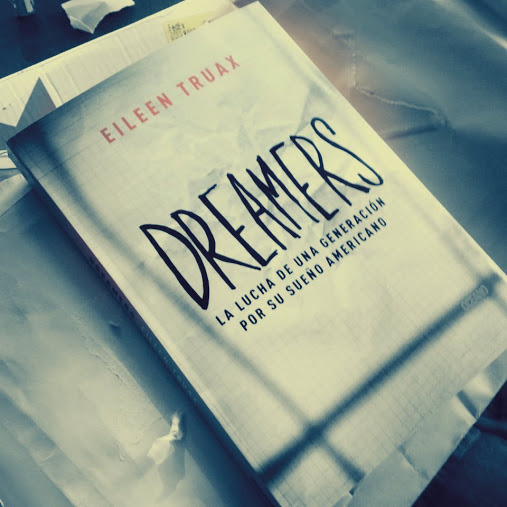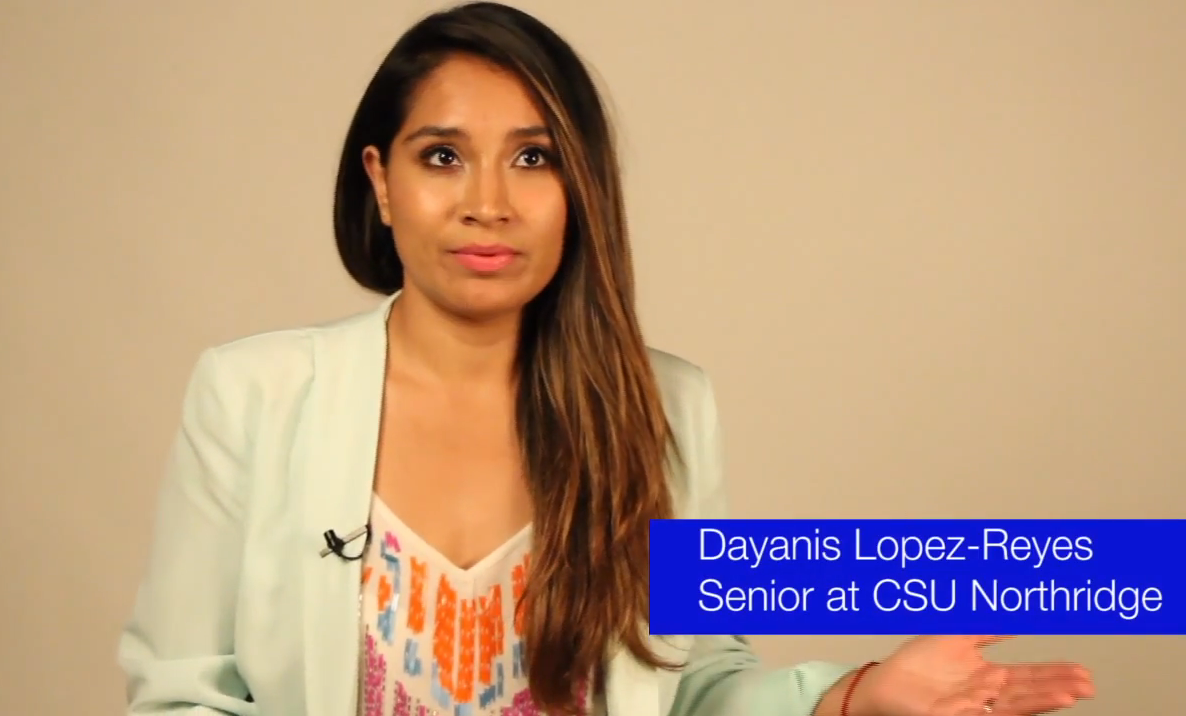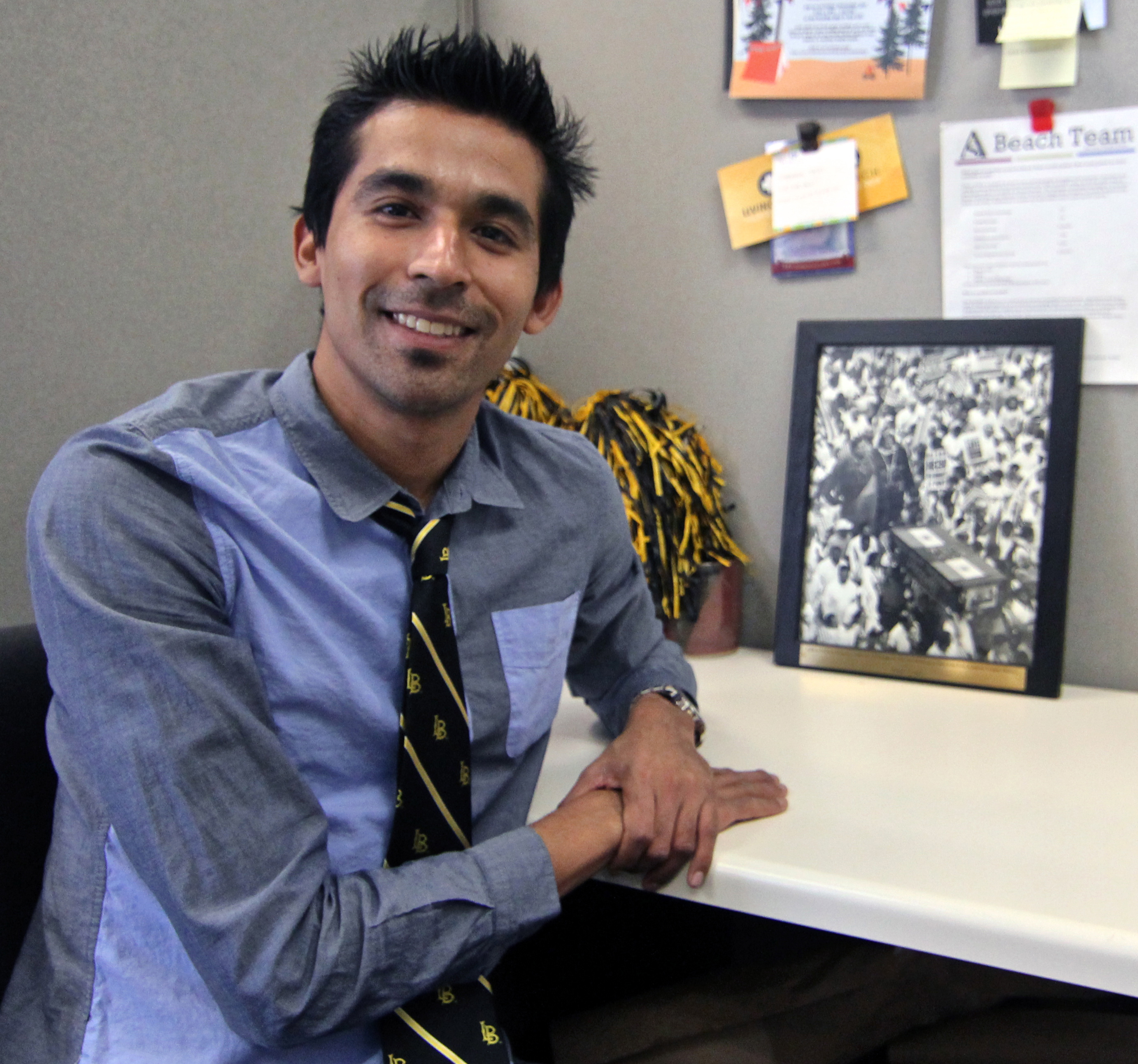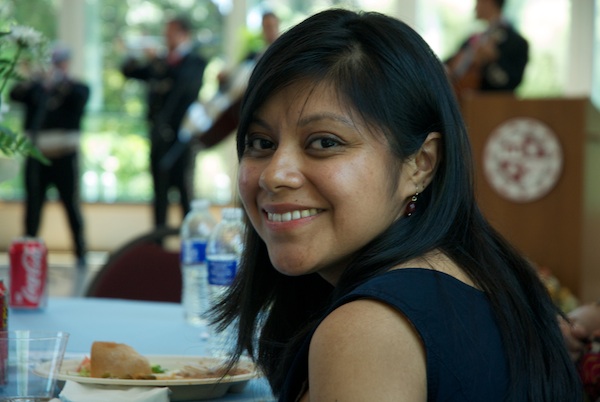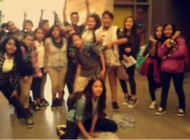By ALEX COREY
EL NUEVO SOL
On September 30, Luis Rivera, 17, attempted to enter the U.S. through Laredo, Texas — 1400 miles away from his family’s home in Los Angeles.
As Rivera stepped up to speak with a border patrol agent, he was asked where he was going — his answer: home.
He was not alone. Before, Dream 9. Now, Dream 30, plus more.
Rivera crossed alongside 29 other Dreamers, like him, with ages ranging from 13-33, as well as three adult parents, and a 23-year-old mother and her four-year-old daughter, the only U.S. citizen of the group.
The Dreamers, dressed in caps and gowns, arrived at the port of entry along with the other undocumented individuals and waited in line while supporters chanted on the other side of the border, and as journalists and servicemen snapped photos of the group.
The demonstration, organized by the National Immigrant Youth Alliance, was an attempt to convince U.S. Customs and Border Protection officials to grant humanitarian parole to the participants.
Prior to their attempt to cross the U.S.-Mexico border, many of them had resided in California, New York, North Carolina, and other states. The youth immigrant-led group organized a similar demonstration in July with nine undocumented students, now known as the Dream 9.
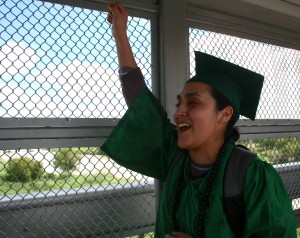
Sandra Jara, 31, a member of the Dream 30, crosses the bridge that connects Nuevo Laredo, México to Laredo, Texas. Photo: Eileen Truax
As with the Dream 9, the Dream 30 movement seeks to bring comprehensive immigration reform into the spotlight.
When President Obama implemented the Deferred Action for Childhood Arrivals initiative in June of 2012, it sought to remove the threat of deportation for undocumented youth, but it has proved to be less inclusive than advertised.
According to a report by the Brookings Institution, between Aug. 2012 and June 2013, 71.9 percent of all DACA applicants were approved, while 23.6 percent were still under review.
While the numbers suggest that a large portion of undocumented youth 30 and under have benefitted from the initiative, a Pew Research Center study in August of 2012 showed that only 1.7 million out of the estimated 4.4 million undocumented youth qualified.
One of the provisions of the initiative is that the applicant must have continuously resided in the U.S. since June 2007; a regulation that affects recently deported dreamers, like the Dream 30.
Upon entering the U.S., the Dream 30 were held at a detention center in Laredo. Twenty-five were sent to a detention facility in El Paso, Texas. Seven were released the next day, except for Rivera, who was sent to a juvenile detention center in San Antonio, Texas.
Here’s a brief timeline of the events:
David Bennion, one of several attorneys who has served as legal counsel for the Dream 30, told La Opinion that the group asked for humanitarian parole upon entering and then asked for “credible fear” interviews, which is the first step in asylum.
Twenty-five of the original Dream 30 remain detained in an El Paso detention center. They are but a speck compared to the tens of thousands of undocumented people held in custody each day.
This PBS map shows how the number of undocumented people detained in U.S. facilities has increased over the last 20 years.
The number of deported has also grown. According to the Pew Hispanic Center, more undocumented resident have been deported annually under the Obama administration than the George W. Bush administration.
Current deportation trends indicate that deportation numbers could surpass two million under the Obama administration.
A Sudden Departure
Luis Rivera Sr. came to the United States from Guasave, Sinaloa, México, 14 years ago to pursue a better life in the United States. He came with his wife Laura and a one-year-old Rivera in 1999, just months before his second birthday.
Nearly two years ago, Rivera left the U.S. to live in his parent’s hometown in Mexico.
“March 28 [2012.] Five p.m. That’s when I crossed the border.”
He left the U.S. abruptly when his ailing grandfather in Mexico, whom he’d never met, grew ill.
While his grandfather’s condition heavily influenced his grandson’s decision to leave the U.S., a desire to go to Guasave, a small town known for its seafood had been brewing for years.
Every other year, the Rivera family would send their three youngest children to Guasave to visit their grandparents — trips which the eldest child, Rivera, longed to be a part of. Unlike their older brother, the three youngest Rivera’s are U.S. citizens.
When Rivera’s grandfather suffered a major health scare, he convinced his parents to let him go to be with his grandfather, a man who for years, he’d only talked to over the phone.
He says his parents asked him over and over if he was sure about his decision to leave.
“I said no the last five times, but it was too late,” Rivera said.
He had planned to come back on a student visa within a few years but those plans were put on hold when he found out that his prior unauthorized residency in the U.S. could hurt his chances of receiving one.
Instead he adjusted to life with his grandparents in Guasave, where life was much different than what his parents had grown up with.
Rivera’s family often worried about his son staying in Sinaloa, a state known as the headquarters of the Sinaloa drug cartel.
“We’re afraid that he [Rivera] will be kidnapped and held for ransom. When people know that someone’s parents live in the United States, they assume the parents have money,” said Luis Rivera Sr., prior to his son’s return.
In Guasave, few knew that Rivera spoke English.
Rivera was able to avoid contact with the violence by keeping himself busy by attending adult school and working as a graphic designer. He saw the effects of the violence first-hand while visiting a relative in a hospital, who had fallen victim to a violent carjacking.
Rivera’s father heard of the incident and his fears intensified.
“It really scared me, and brought to our attention a lot of things that happen over there,” Luis Rivera Sr. said.
“Like a foster home.”
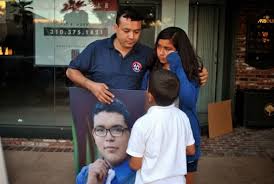
Although unable to cross with Rivera, his family remained supporting throughout the duration of his detention. Photo: Alex Corey/El Nuevo Sol
Before being released to his family on October 14, Rivera was placed in an Office of Refugee Resettlement, which he described as being “like a foster home.”
Unlike the 25 members remaining at the El Paso detention facility, Rivera says that during his time at the juvenile center he was not allowed to go outside.
“If you don’t sign your voluntary departure, they send you there. They assign you a case manager and give you a counselor,” Rivera said.
According to Rivera, there were people who had been there for months. His prior records from school in the U.S. made his case easier to process, and the fact that his relatives in the U.S. were willing to take him in.
Rivera said that in some cases, undocumented youth had family, but not family willing to take them in because they feared it would expose their own undocumented status.
Unaccompanied, Unafraid
When Rivera crossed, he was considered an unaccompanied minor, even though he was with the rest of the Dream 30. He was not joined by his parents during the crossing, nor were they present in Laredo to receive him.
He says they feared traveling across state checkpoints such as those in Arizona and being apprehended due to their immigration status.
All the while, he kept in contact by phone.
The minors he met in the juvenile center in San Antonio were some of the many cases of unaccompanied minors who have attempted to cross alone or with strangers to flee economically unstable countries or violence to be reunited with family in the US.
As of July 2011, the Office of Refugee Resettlement had over 1600 beds for detained undocumented youth, according to a report by the Center on Immigration and Justice.
American After All
When Rivera got off the plane from San Antonio to catch a connecting flight from Salt Lake City to Los Angeles, he had one question for his chaperone.
“What’s the most American restaurant you have here?”
Minutes later, Rivera ordered a double quarter-pounder with cheese from McDonald’s — the cashier’s recommendation when asked which was the “most American burger” available.
RELATED STORIES
Los Dream 9: El movimiento cruza fronteras
Los dreamers de aquí y de allá son de CSUN
Diferidos, desplazados y deportados: Las multiples caras de los dreamers
Tags: Alex Corey Dream 30 dreamers immigration reform Los Otros Dreamers Luis Rivera National Institute Youth Alliance Unaccompanied minors undocumented immigrants Undocumented minors







